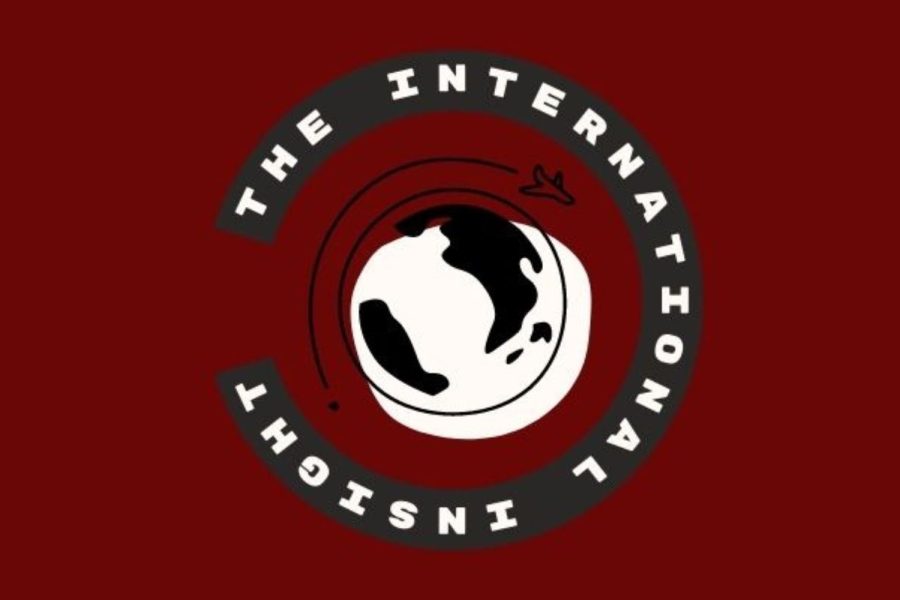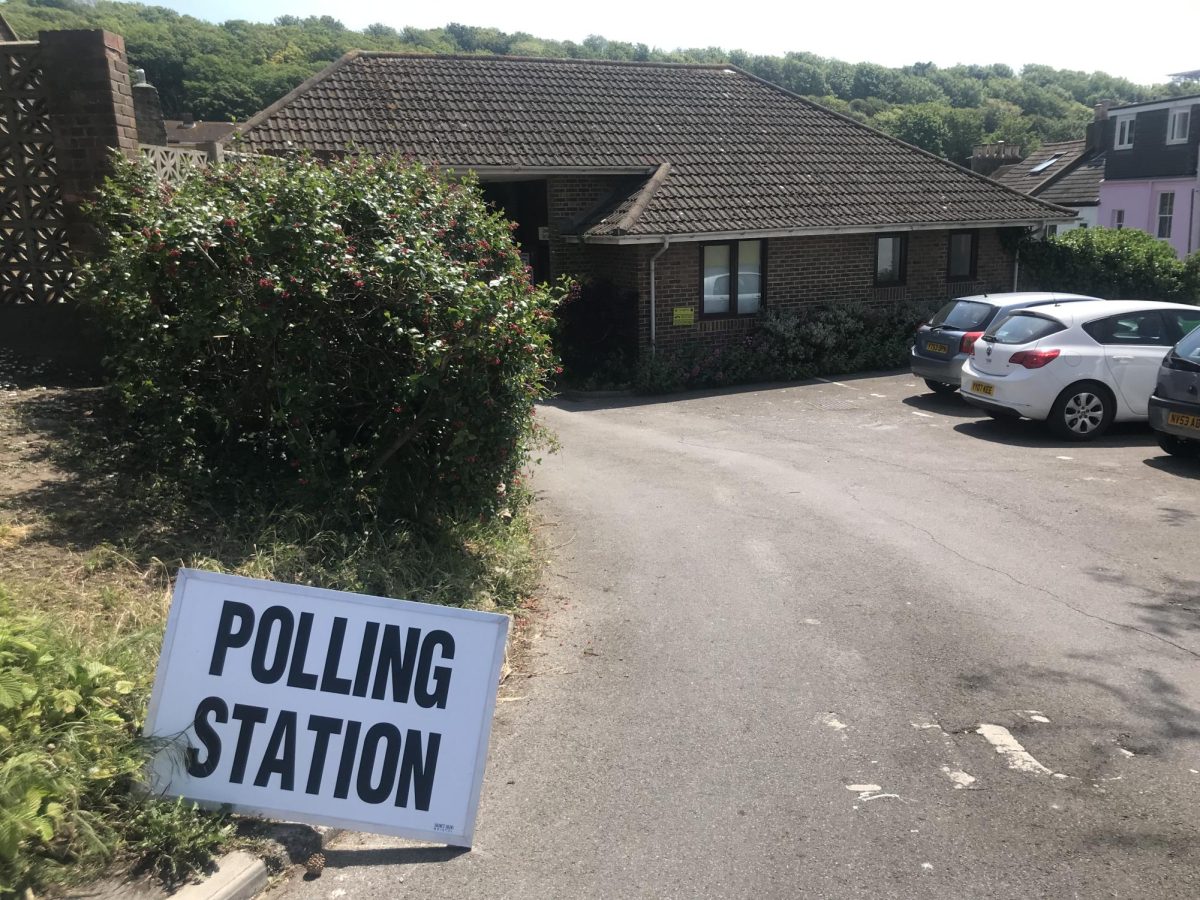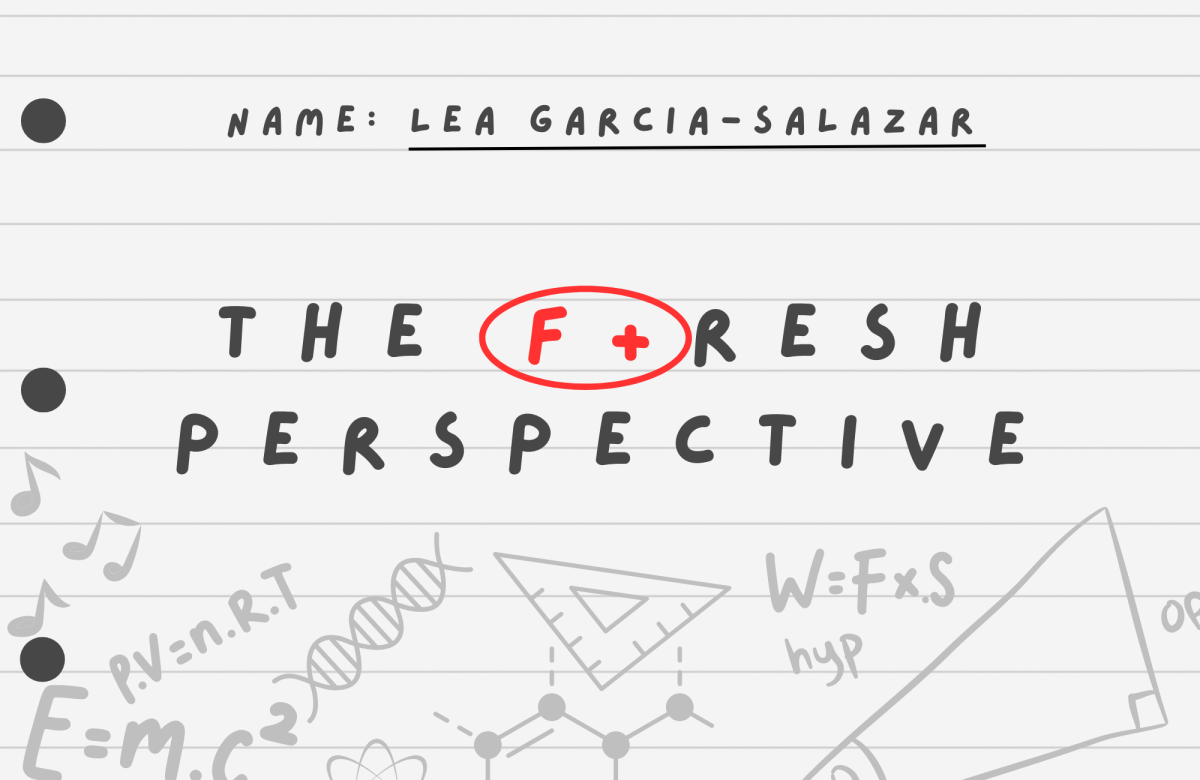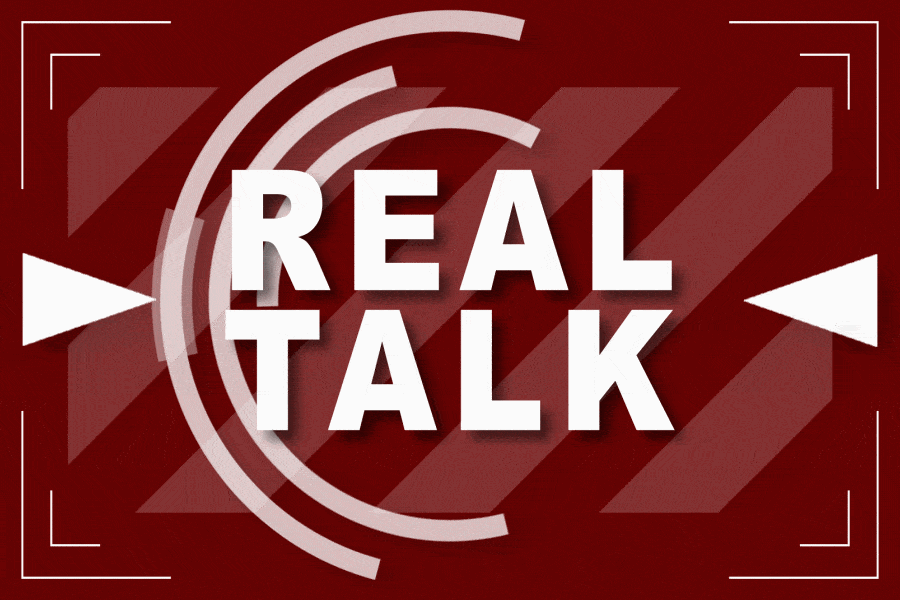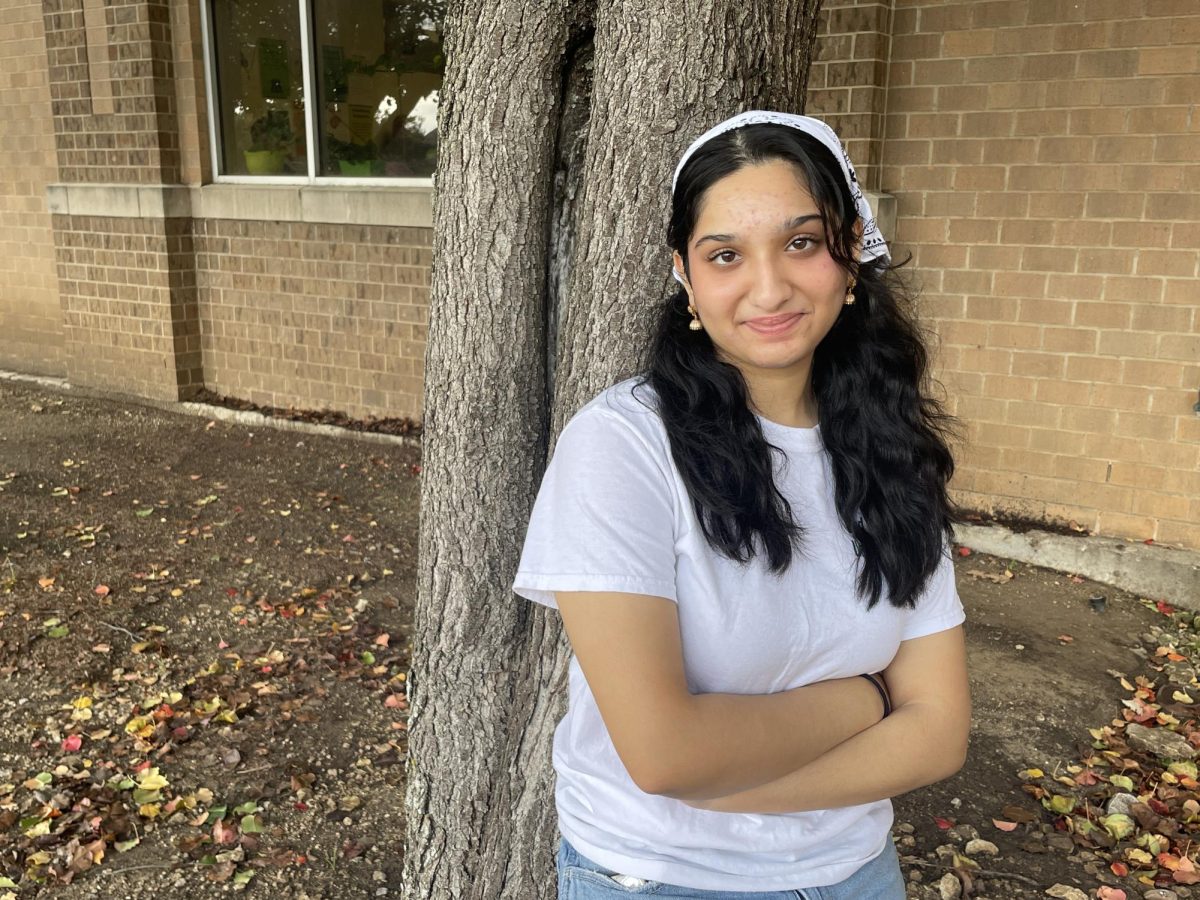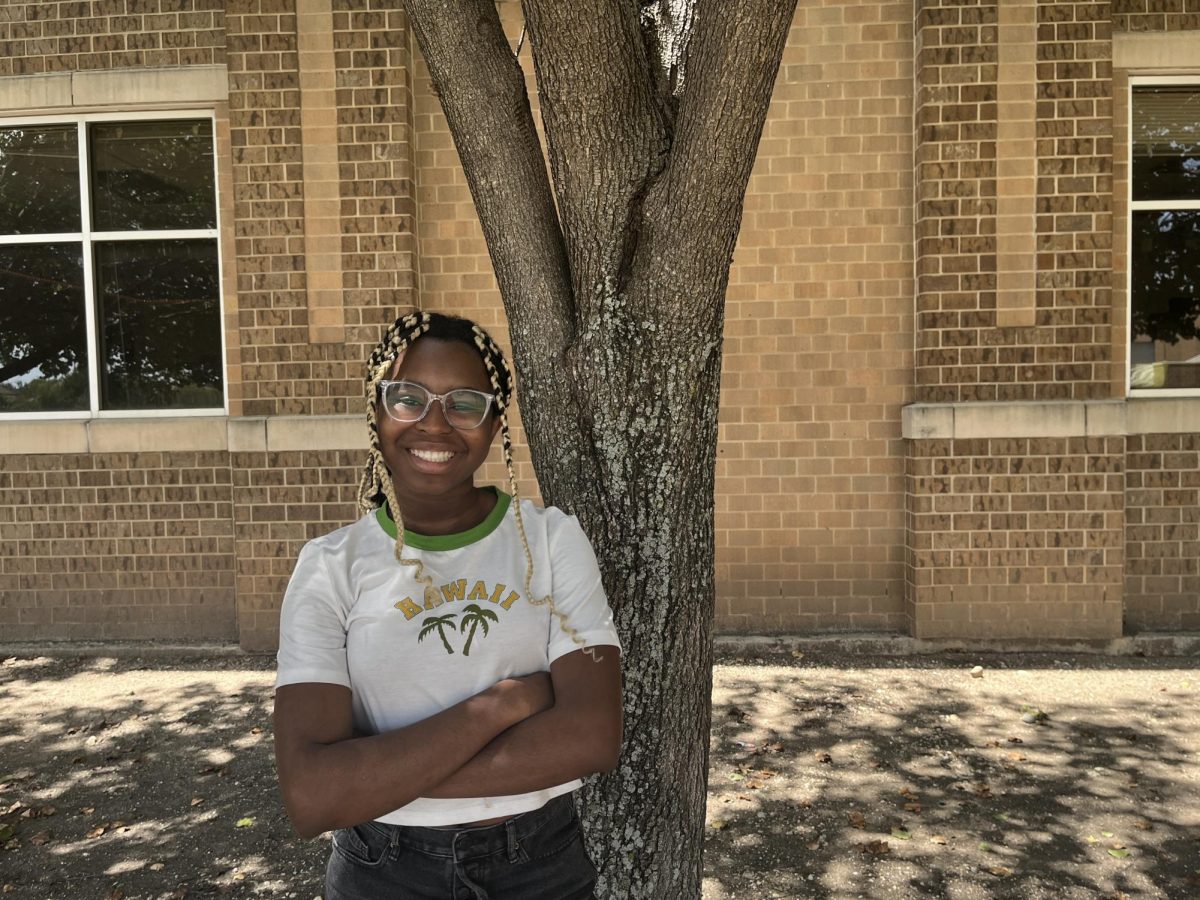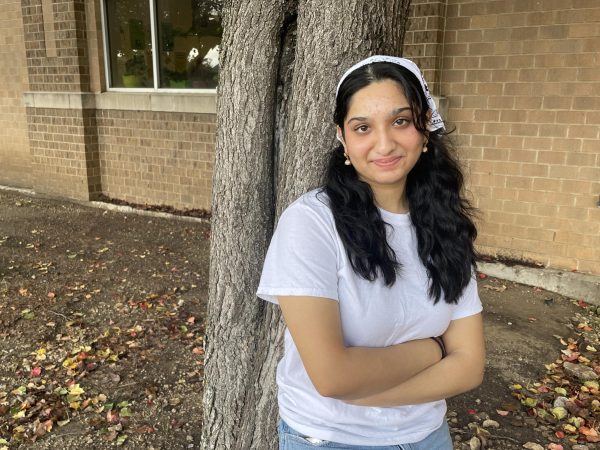The Israel-Palestine conflict is one of the most contentious disputes in modern history. In order to understand its importance, we must understand the history that has led to these conditions.
The roots of the conflict can be traced back to the end of the 19th century when the Zionist movement, led by European Jews, sought to establish a national homeland for the Jewish people. This movement gained momentum amid growing anti-Semitic sentiments, leading to an increased desire among Jewish communities for a secure homeland. The Balfour Declaration of 1917, issued by the British government, expressed support for the establishment of a “national home for the Jewish people” in Palestine, which was then under the Ottoman Empire. Native Palestinians, largely Muslim and Christian, were already living in this area prior to Britain issuing the declaration.
Following the end of World War I, the League of Nations granted Britain the mandate over Palestine, leading to an influx of Jewish immigrants and a surge in tensions with the indigenous Arab population. These tensions led Britain to turn matters over to the United Nations. The United Nations’ 1947 partition plan proposed the creation of separate Jewish and Arab states, with Jerusalem under international territory. However, the rejection of this plan by Arab leaders resulted in the Arab-Israeli War (1948), or the Nakba, between the newly established State of Israel and its Arab neighbors, including Jordan, Egypt, Syria, and Iraq. An armistice agreement led to Israel taking over UN sanctioned Palestinian land as well, resulting in the displacement of 750,000 native Palestinians. The Nakba initiated the formation of a large refugee population that remains a core issue to this day.
The 1967 Six-Day War marked a significant turning point in the history of the conflict, as Israel captured the West Bank, East Jerusalem, the Gaza Strip, and the Golan Heights, historically Palestinian neighborhoods. This event deepened the occupation of Palestinian territories and intensified the struggle for self-determination among Palestinians. The subsequent establishment of Israeli settlements in the occupied territories further complicated the situation, exacerbating tensions and leading to a continuous cycle of violence and unrest.
Throughout the decades, peace initiatives and negotiations have been attempted, such as the Oslo Accords of the 1990s, which aimed to establish a framework for resolving the conflict and achieving a two-state solution. It essentially proposed 3 sections of land – two that were either totally Israeli or Palestinian controlled, and one that was neutral territory. While this worked in theory, the land set aside for Israeli rule contained a majority of the West Bank’s agriculture, water, and minerals, cultivated by Palestinians. The lack of access to clean water and food led to the rejection of the Oslo Accords from the Palestinians, once again resulting in no solution to the conflict.
Today, Israel controls a majority of Palestinian territories. The Gaza Strip, one of the most highly contested regions, is also the main operating grounds of the Islamic militant group Hamas, which have been in contention with the Israeli military since 2006. Israel has full control over the water, food, and electricity supply into this territory, leading to heated debates about the conditions in the region, some even comparing Gaza to an open air prison – with no way out.
It’s important to note that the violence stemming from this conflict comes from military groups, not civilians. Innocent lives have been lost as a cost of liberation on both sides. The conflict has not only profoundly impacted the lives of Israelis and Palestinians, but has also had far-reaching implications for regional stability and international relations.
Today, the historical context surrounding the Israel-Palestine occupation is essential to understanding the modern situation; the past is often very much a part of the present, and the future.







